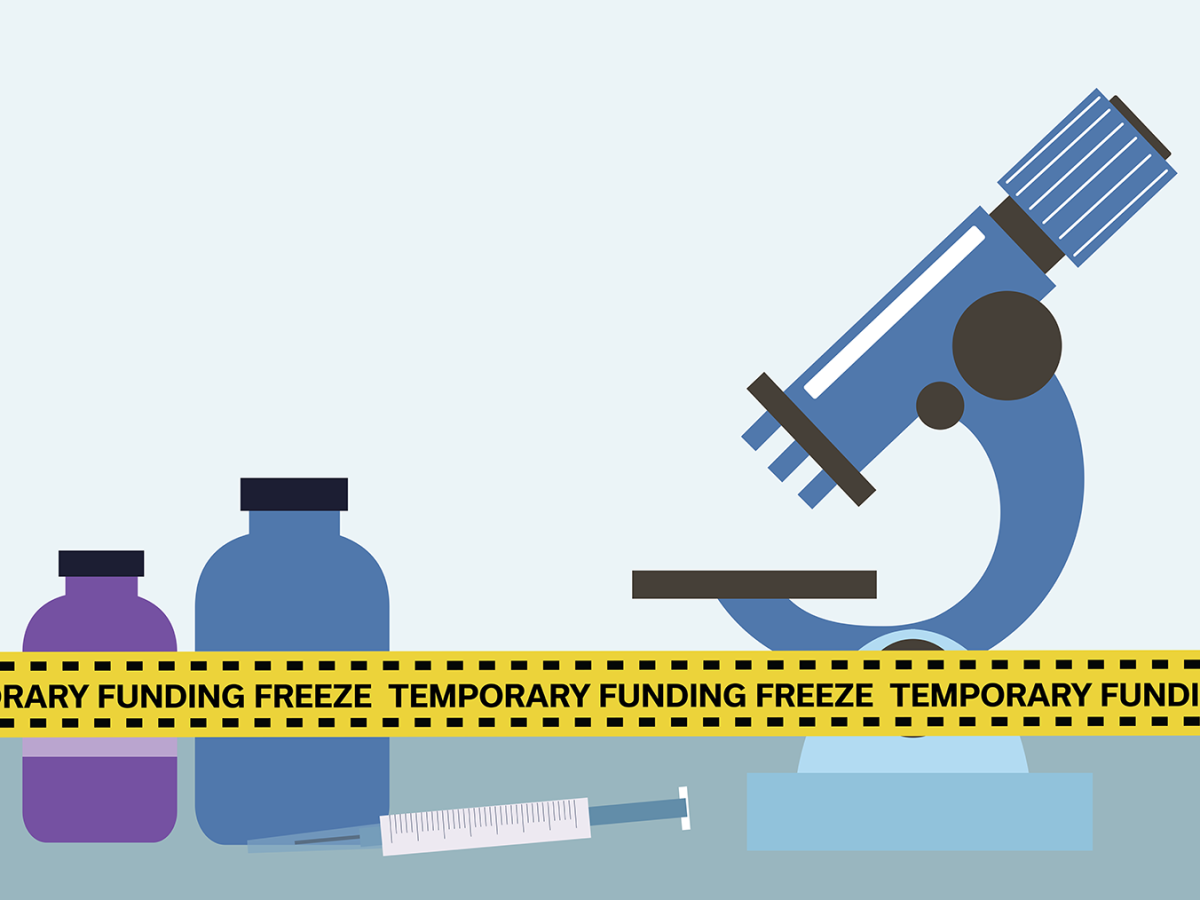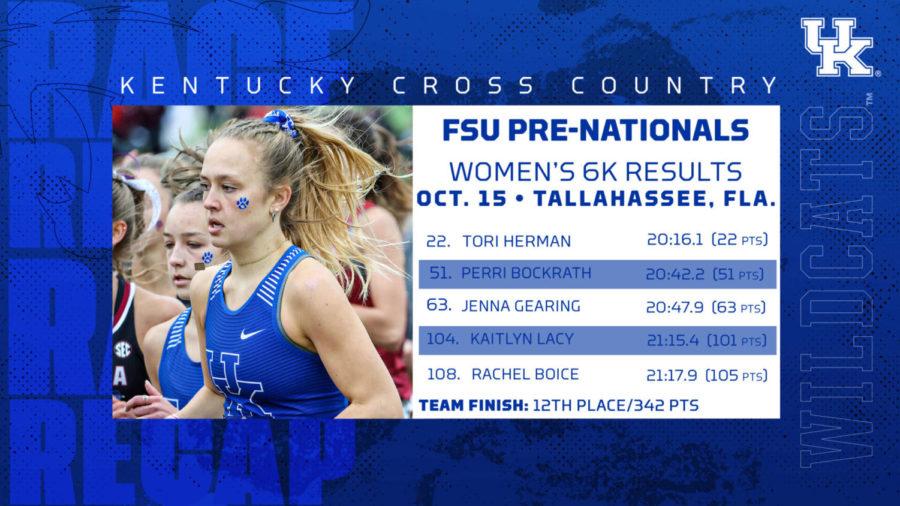Are You Eligible To Claim The IRS Saver’s Credit?
March 6, 2022
(NAPSI)—Here’s good news, for a change, from the IRS: It offers an incentive to lower your tax bill when you save for retirement. With pandemic-related employment disruptions last year, more taxpayers may be eligible to claim the Saver’s Credit but may not even know this tax credit exists. Also referred to as the Retirement Savings Contributions Credit, the Saver’s Credit can reduce federal income taxes for eligible taxpayers who save for retirement through a qualified retirement plan, such as a 401(k) or an Individual Retirement Account (IRA).
The 22nd Annual Transamerica Retirement Survey finds that fewer than half (48 percent) of workers are aware of the Saver’s Credit.
“People who are saving for retirement may be able to claim the Saver’s Credit and reduce their federal taxes,” says Catherine Collinson, CEO and president of nonprofit Transamerica Institute and its Center for Retirement Studies. “Perhaps people are confusing the tax credit with the tax-advantage treatment of retirement accounts. The idea of a double tax benefit may sound too good to be true but both are available to retirement savers.”
What Is the Saver’s Credit?
The Retirement Savings Contributions Credit is a non-refundable tax credit for contributions an eligible taxpayer makes to a 401(k), 403(b) or similar employer-sponsored retirement plan, a traditional or Roth IRA or an ABLE account. In this context, “non-refundable” means the credit cannot exceed a person’s federal income tax for the year. The maximum credit is $1,000 for single filers or individuals and $2,000 for married couples filing jointly.
Tips for claiming the Saver’s Credit
1.Check Your Eligibility
To be eligible, the maximum Adjusted Gross Income (AGI) for single filers is $33,000 in 2021 and $34,000 in 2022. For the head of a household, the AGI maximum is $49,500 in 2021 and $51,000 in 2022. For those who are married filing jointly, the AGI maximum is $66,000 in 2021 and $68,000 in 2022.
You must be 18 years or older by January 1 and cannot be a full-time student or be claimed as a dependent on another person’s tax return. Consider using the IRS’s online tool to help determine if you are eligible for the Saver’s Credit.
2.Save for Retirement
To claim the Saver’s Credit for 2021, you must have contributed to a 401(k), a 403(b), a similar employer-sponsored retirement plan or an ABLE account during 2021. Contributions to traditional or Roth IRAs are also eligible and you have until April 18, 2022 to make an IRA contribution for tax year 2021. Roll-over contributions are not eligible for the credit.
3.File Your Tax Return and Claim the Saver’s Credit
Let the IRS help you file your federal taxes with its Free File program. The program’s eight partners offer online tax preparation tools free to taxpayers with an AGI of $73,000 or less. More at www.irs.gov/FreeFile.
•When using an online tax preparation tool, be sure to answer questions about the Saver’s Credit, also referred to by the IRS as the Retirement Savings Contributions Credit and Credit for Qualified Retirement Savings Contributions.
•If you prepare your tax return manually, complete Form 8880, Credit for Qualified Retirement Savings Contributions, to determine your exact credit rate and amount. Then transfer the amount to line 4 on Schedule 3, which is used with Forms 1040, 1040-SR, and 1040-NR.
•If you use a professional tax preparer, be sure to ask about the Saver’s Credit.
“Consistently saving for retirement is fundamental to helping achieve financial security in retirement,” says Collinson. “Another way to help boost your retirement savings is to directly deposit any tax refund into an IRA. Saving more now could help you reap more later.”
Remember, this important tax credit may help reduce what you owe in federal taxes or increase your refund. Check your eligibility, particularly if you had pandemic-related employment impacts in 2021. Help spread the word about the Saver’s Credit by telling family, friends, and colleagues.
Learn More
For more details and resources on the Saver’s Credit in English and Spanish, visit Transamerica Institute at www.transamericainstitute.org/SaversCredit or the IRS at www.irs.gov.
• Transamerica Center for Retirement Studies is an operating division of Transamerica Institute, a nonprofit, private foundation.



























































































































































